My step-grandmother Connie was an inspired needlewoman. For ten years, as a volunteer for the charity Fine Cell Work, she taught embroidery to inmates at HM Prison Wandsworth. She once told me that she was tired of being a ‘committee woman’: ‘I wanted to be down in the arena with the sawdust.’ She believed in rehabilitation, not punishment. She never asked what her pupils had done; she didn’t want to know. All that mattered was finding calm and purpose in the next stitch. Picture her, silver-haired, elegant, teaching her chaps to embroider pheasants, artichokes and, her favourite, pineapples on to cushions. She was a member of the Royal School of Needlework at Hampton Court and one of the embroideresses who remade the Royal Opera House curtain. Her most fruitful stitching time was through the two weeks of Wimbledon, pausing only when her beloved Rafa Nadal was preparing to serve.
Connie, who died peacefully in her sleep last week, would have loved this exhibition. Unbound: Visionary Women Collecting Textiles celebrates seven women, each with her particular eye for a needle. The show, at Two Temple Place, is something of a trunk rummage. Don’t come for chronology or neat themes. I started to feel like Sophie Thompson’s Miss Bates, wandering from case to case murmuring: ‘Lovely, lovely.’ A ‘Black Sea Towel’ (early 20th century) hemmed with a banner of houses, trees and abstract figures — lovely. A red and black ‘Man’s Glove from Montenegro’ (date unknown) pricked with tiny shell beads and fringed with miniature tassels — lovely. A Bulgarian ‘Woman’s Gauntlets found in Macedonia’ (c.1904) and embellished with sequins, gold braid and metal thread — lovely. Extraordinary to think how many of these textiles must have been made in fading light or by flickering candle and oil. How did the Greek women who made the little lace pieces here — barely big enough for coasters for a shot of ouzo — protect their sight?
Edith Durham (1863–1944), who collected hundreds of treasures on her trips to the Balkans, said of one Albanian cloth: ‘Such handsome headdresses are no longer made.’ There’s a certain mournfulness in this show. With prosperity comes Primark, Nike, polyester. How much has been lost. Peering into cases at sashes from Turkey and kanthas from West Bengal gives one a longing for texture, for the hand-made, bruised-thumb, tired-eyed intricacy of quilting, tatting and edgings of lace.
Collecting starts in childhood. At 12, Olive Matthews (1887–1979) was given an allowance by her father of two shillings and sixpence to spend as she pleased. Her earliest bargains were struck on the Caledonian Road in London. All her life she was proud never to have spent more than £5 on any item. Enid Marx’s (1902–98) earliest winnings were ‘fancy’ ribbons from the local drapers: ‘I never did anything with them except hoard them.’ Marx became a textile designer of homespun genius. Her woodblock prints are cheerful, utilitarian, kitchen-chic. Unbound places Marx’s own fabrics next to her bits and bobbins: corn dollies, giant Mad Hatter’s teapots, Staffordshire spaniels, a Coronation mug, two tiny scrapwork weavers at their loom inside a ship’s bottle. She bought ‘Stevengraphs’ — pictures of sporting meets and historic feats — woven in silk on a jacquard loom by the enterprising Mr Stevens of Coventry.
During the depression of the 1930s, Muriel Rose (1897–1986), under the aegis of the government’s Rural Industries Bureau, supported women in South Wales and northern England to sell their quiltwork as cushions and tea cosies. Her neat notebook is on display. Rose records names, addresses, whether the husband is in or out of work, and any particular gift for a feather stitch or a double-twist border. She makes thumbnail sketches of each woman’s signature patterns.
There’s a whole show just in Louisa Pesel (1870–1947). During the first world war, Pesel started the Khaki Handicrafts Club teaching men in Bradford who were suffering from shell shock to embroider and sew. The altar cloth made by the men for the Abram Peel Hospital Chapel at Bradford Cathedral is an essay in sparseness and grace. Stylised violet and blue flowers make a trellis over the rough backing, blooming like poppies on Flanders Fields. A photo in the catalogue shows Pesel, very much the Victorian matron, standing over her men as they stitch at samplers and tambours. Sunlight streams in. Pesel’s work with the Winchester Cathedral Broderers, making more than 50 cushions and 300 kneelers to patterns echoing the bosses of the cathedral vaults, is the inspiration for Tracy Chevalier’s new novel A Single Thread.
Unbound travels from Bradford to Bangladesh, from Athens to Japan, from Spitalfield’s Huguenots to Yinka Shonibare. I wish Connie, a proud Dane, could have seen the ‘hedebo’ (heathland) embroidery panel from Denmark (early 20th century) with its serene friezes of roe deer, birds and flowers barely whiteworked, like hoofprints in the snow.
Got something to add? Join the discussion and comment below.
Get 10 issues for just $10
Subscribe to The Spectator Australia today for the next 10 magazine issues, plus full online access, for just $10.
You might disagree with half of it, but you’ll enjoy reading all of it. Try your first month for free, then just $2 a week for the remainder of your first year.


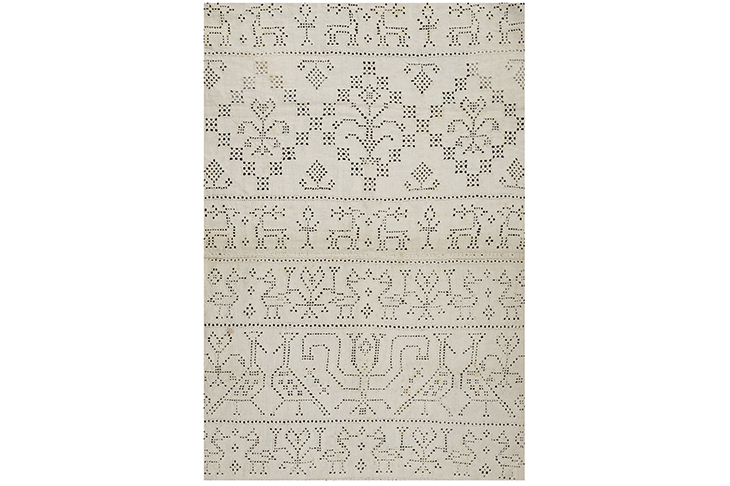


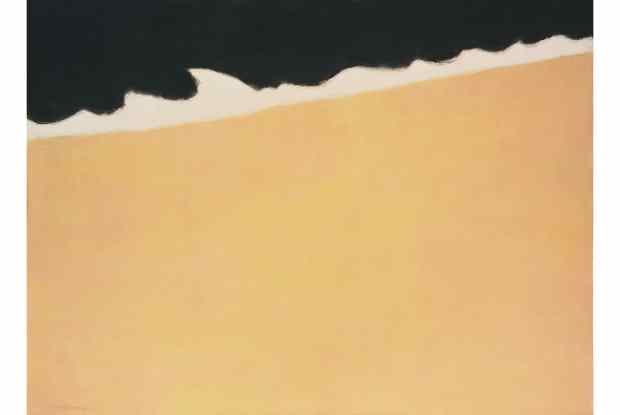
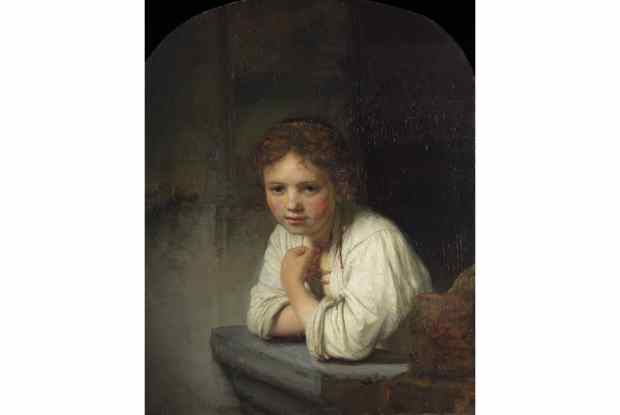
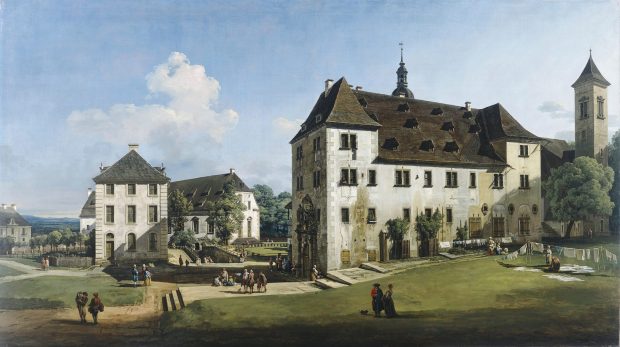
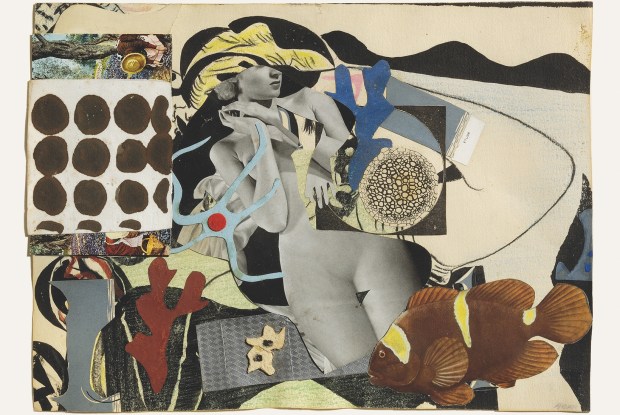






Comments
Don't miss out
Join the conversation with other Spectator Australia readers. Subscribe to leave a comment.
SUBSCRIBEAlready a subscriber? Log in